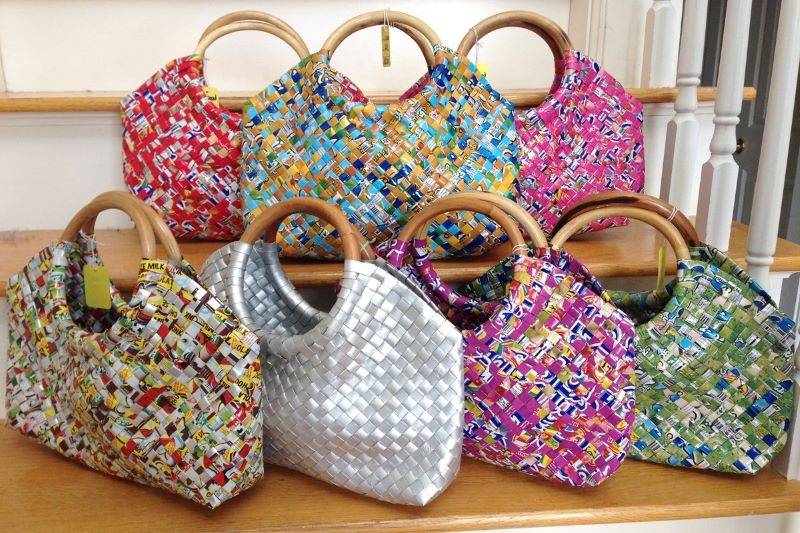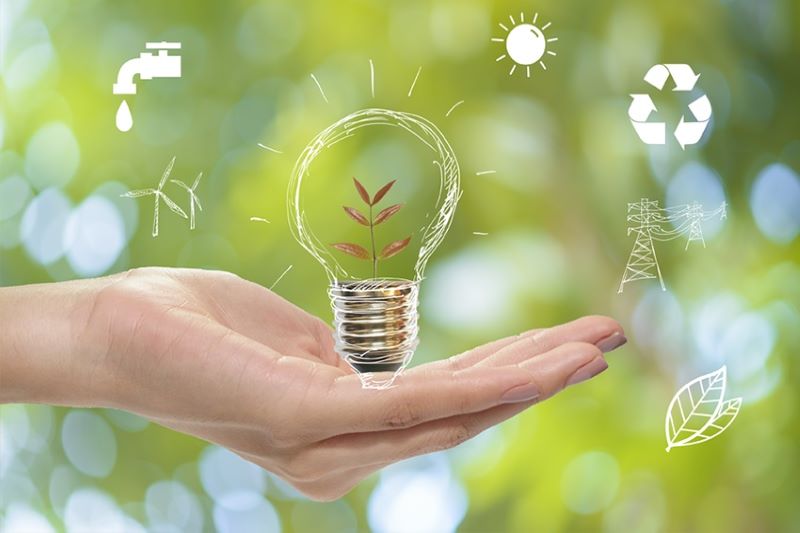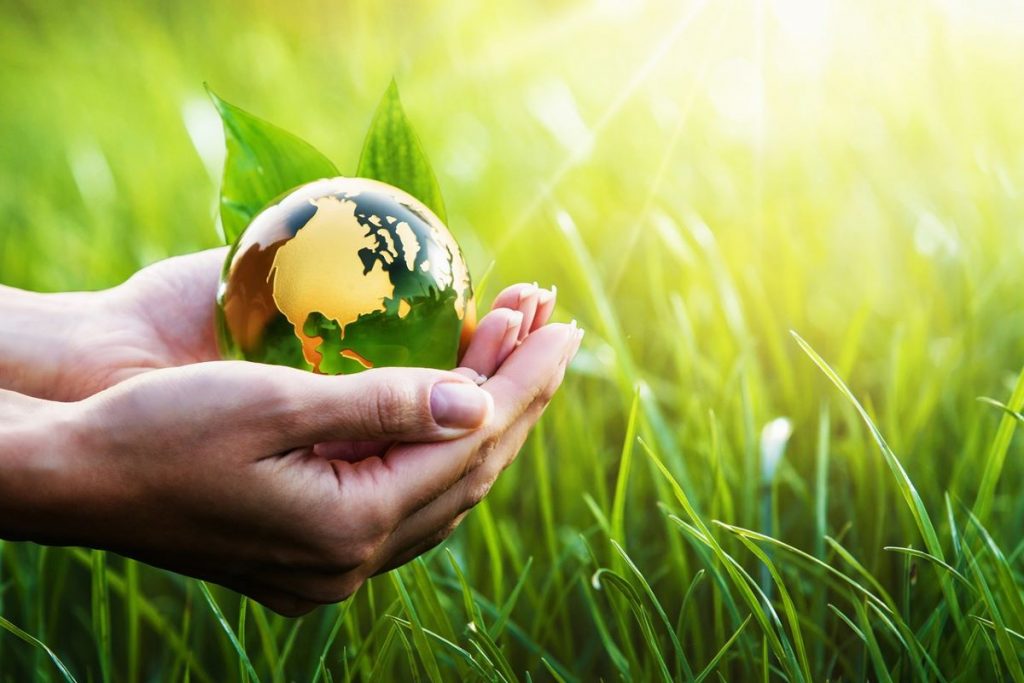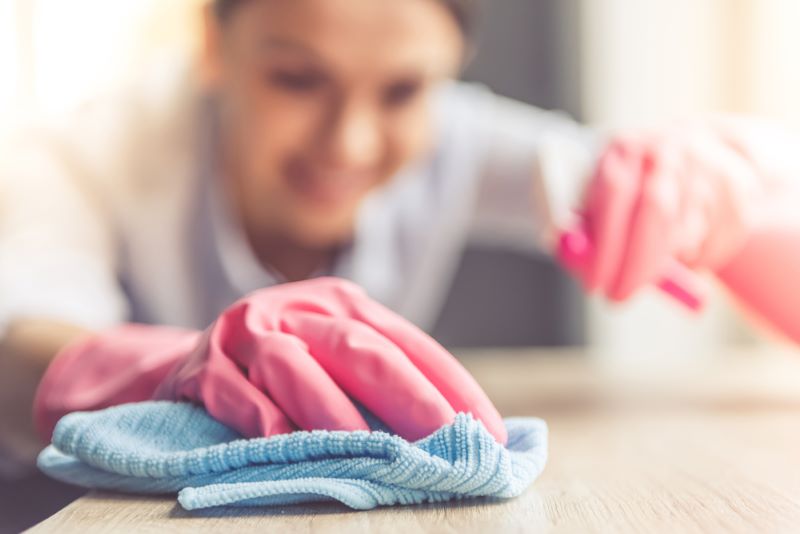Table of Contents
Many of us have begun shopping for green products. By looking for environmentally options, we can help to reduce our carbon footprint, and hopefully give the planet more of a fighting chance.
It might only be a very small difference that we make with each purchase, but when millions of people do the same thing around the world, it can add up to a huge environmental impact. More to the point, by buying green, we send an important message to stores and to brands — we’re not going to turn a blind eye to the damage we’re doing to the world any more.
If green products sell better, then there will be more green products in turn. And once again, this is where real change can start to occur.
But, chances are that you could be going further. Chances are that you might not even realize just how many of your every day items actually cause some amount of harm to the environment and could be effectively replaced with eco-friendly alternatives.
6 Easy Items You can Replace this Week
There is surely more than six common items that you can replace with environmentally friendly ones, but these are some of the easiest to get you started.
Carrier Bags
One of the most destructive products on the planet is the humble shopping bag. Made from non-biodegradable plastic, these bags end up either in land-fill sites or floating in our oceans causing terrible harm to the aquatic wildlife that lives there.
There are plenty of alternatives. Using reusable grocery bags for example will mean you’re not simply throwing out those bags after one use. Alternatively, you can use recyclable paper bags, or other recyclable materials.
Straws
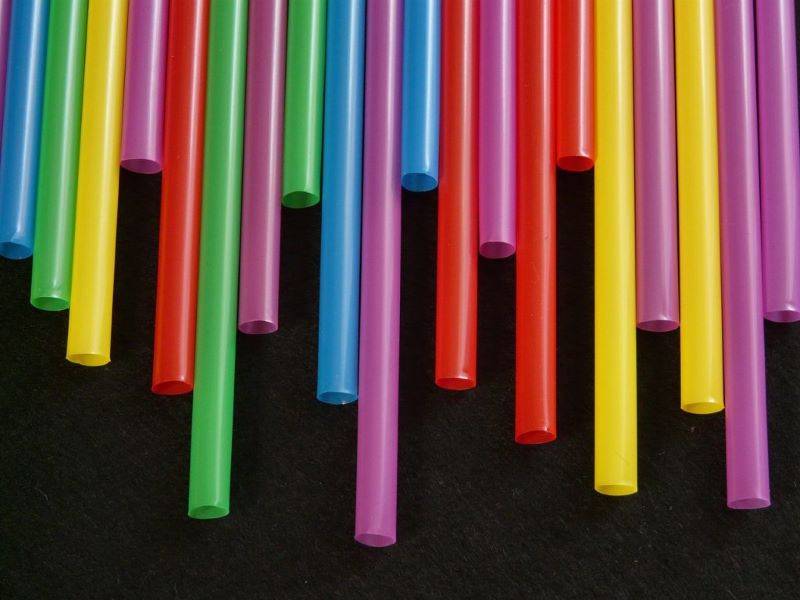
If you want to understand just how destructive plastic is to our environment, then watch the harrowing scenes from UK TV series Blue Planet 2. Countless animals die with their stomachs filled with plastic, or they experience traumatic wounds as they cut their faces. And straws are among the most common culprits.
The good news is that this is a very easy fix. Just switch to a metal, reusable straw!
Flooring and Furniture
Wooden furniture and flooring are so appealing because it reminds us on an unconscious level of our natural environments. The rub is that the reason for this is that they were forcibly removed from those environments so it’s not a perfect solution.
And actually, the ecological footprint of many such companies can be huge as a result. Not only do they chop down entire swathes of forest, but they also transport that huge heavy wood up across the planet. This in turn uses a lot of fuel.
While some damage to the environment is inevitable, some companies do try their best to limit their impact. For instance, some will plant a new tree for every one that they destroy. Others will attempt to minimize unnecessary transport. This just goes to show that you should look into every company and their practices, before deciding whether to use their services/products.
Toothpaste
Cruelty-free toothpaste is toothpaste that has not been tested on animals. This is something that you often don’t consider when using toothpaste in particular. We are typically more familiar with animal testing with regards to makeup, but it’s a real problem with other items as well.
I know what you might be thinking. How bad can it be really for a lab rat to have their teeth brushed?
What you may not realize though is that during these tests the researchers actually drip the toothpaste into the animals’ eyes, force them to ingest huge quantities, and more. Often the animals are killed once the tests are over.
Why? Because they need to test for the worst-case scenarios to ensure no humans can be injured or killed by their products. And, apparently animal welfare just doesn’t factor in?
If you want to stand against this practice consider the use of cruelty free toothpastes and other products that are commonly tested on animals.
Cleaning Products
When cleaning your home, you might actually be causing harm to the environment. Not only do many products contain harmful substances such as chlorinated bleach, which can become a dangerous gas when it comes into contact with ammonia, but they can also cause serious damage to the microbiome.
Your kitchen countertop contains millions of tiny bacteria and only a percentage of these are harmful. The others actually exist in order to keep the bad ones in check, and to help create a healthy, harmonious balance.
Thus, if you go nuclear and destroy all those germs with strong products, you can actually create a vacuum that will be filled by super germs that are resistant to conventional cleaning products and extremely harmful to the wider ecosystem.
Instead then, aim to use products that are labelled “Designed for the Environment” by the Environmental Protection Agency (EPA). Another safe option is to look for products marked as low VOC.
You can even go a step further and create your own green cleaning products. One of the best options is to mix vinegar with baking soda. Here, the acetic acid in the vinegar will react with the sodium bicarbonate in the baking soda, and in doing so will create carbonic acid. Carbonic acid is unstable and breaks down into carbon dioxide and water destroying dirt and grime in the process.
Teabags

There are so many things that we use every single day, without even considering that they might be harmful to the environment. Don’t feel bad though. It’s almost impossible to keep track of everything, and as long as you know you are trying your best, you have a lot to be proud of.
When it comes to teabags, these certainly aren’t going to cause terrible harm to the planet. The trouble though is that we tend to go through so many of these and because they’re disposable, it’s wasteful.
What’s actually a more sustainable option is to use loose-tea leaves that you can use to make tea using an infuser. This method means you can make as much tea as you like, and not need to worry about anything going to waste. And it tastes better too!
In Summary
These are just some of the easy changes you can make to start saving energy while being kinder to the planet. In many cases you’ll also be saving money and improving your health! It’s truly a win-win.
